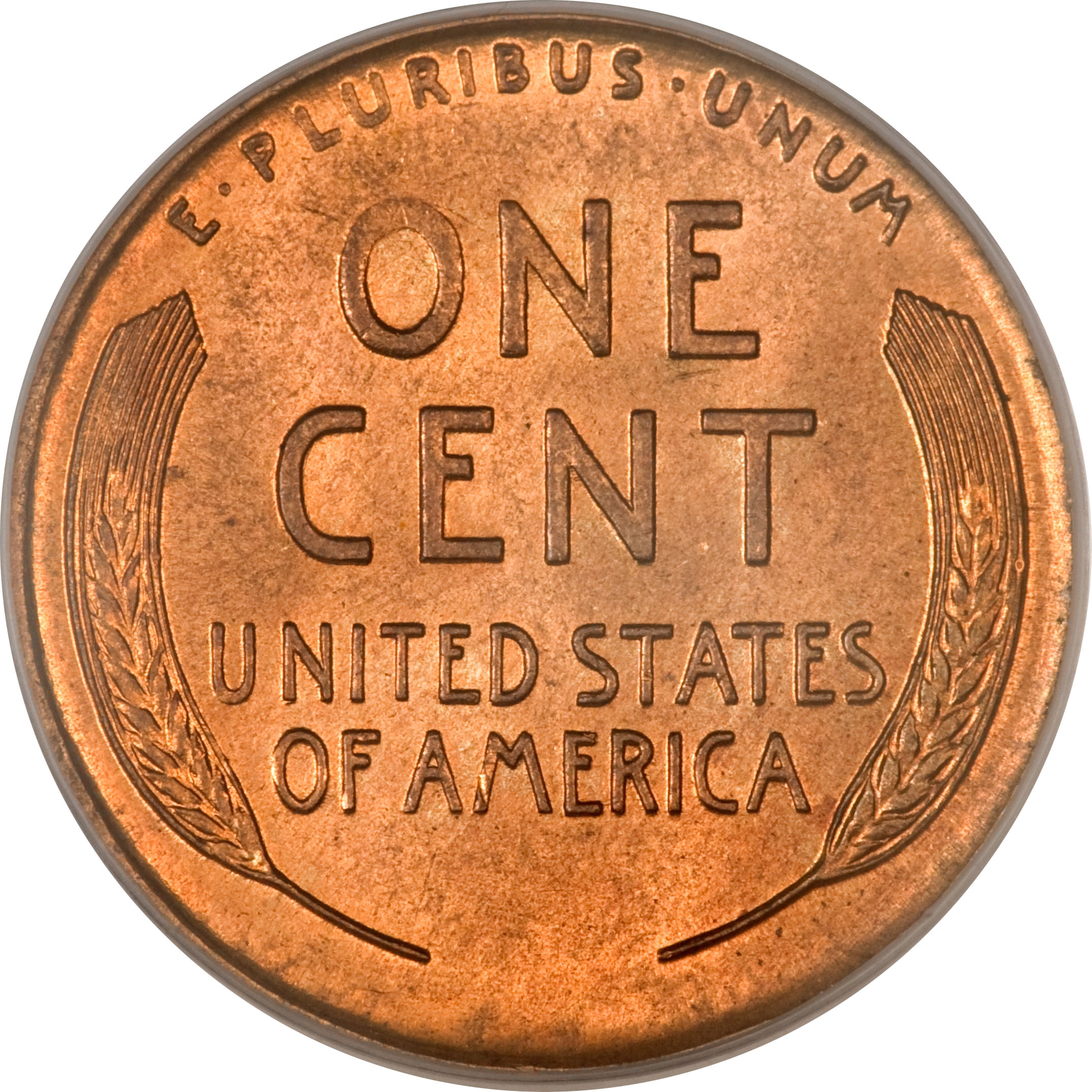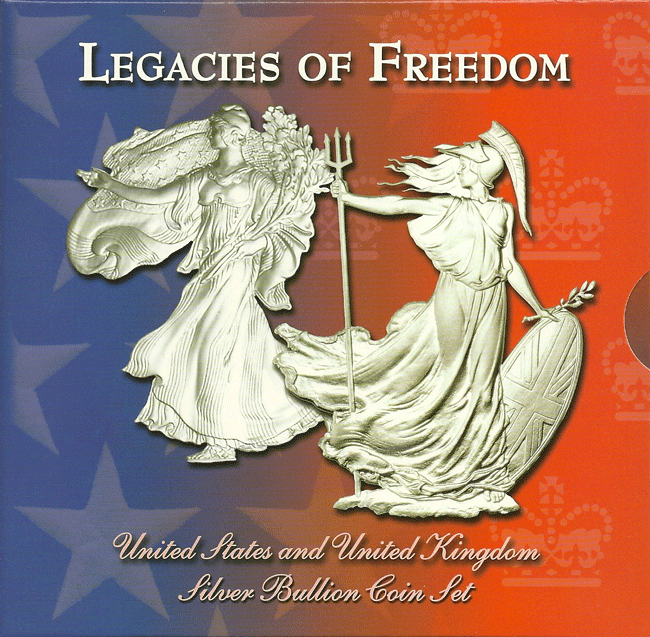|
Reverse Cameo
In coin grading, cameo is the amount of contrast between the relief (raised or recessed design) and field (background). Cameo is usually seen on proof coinage, with the relief featuring a frosted finish and the field being mirror-like. Not all proof coins have a cameo effect, however. History Cameos can be found on some of the earliest American proof coins, but have not been produced intentionally for the public until recently. The US Mint, like many mints around the world, now specifically sells cameo coins, which could previously only be found randomly in mint proof sets. Non-proof cameos Though rare, general circulation (non-proof) strikes may exhibit cameo as a result of die polishing. These coins are often designated "PL" (Proof-Like) if the cameo effect is strong enough. Coins with highly mirrored fields may even be designated "DMPL" (Deep Mirror Proof-Like, sometimes shortened to "DPL" or Deep Proof-Like). These designations are found mostly on Morgan Dollars, and ar ... [...More Info...] [...Related Items...] OR: [Wikipedia] [Google] [Baidu] |
Uncirculated Coin
The term uncirculated coin can refer to three things: * A coin that is released to the public but not intended for general circulation (i.e. not used as money although it is still legal tender) but is available through a mint or through a local coin dealer. * A coin that has been graded as 60+ on the Sheldon or European grading systems. * The process by which a coin is made. The US Mint uses this definition for the coins in the uncirculated coin set that it sells. For these coins, adjustments are made to the minting process which result in a more proof-like finish. These include using a higher force during coining, the use of fresh dies, and special cleaning. See also *Proof coinage Proof coinage refers to special early samples of a coin issue, historically made for checking the dies (as in demonstrating that something is true) and for archival purposes. Nowadays proofs are often struck in greater numbers specially for co ... References * {{DEFAULTSORT:Unc ... [...More Info...] [...Related Items...] OR: [Wikipedia] [Google] [Baidu] |
Lincoln Cent
The Lincoln cent (sometimes called the Lincoln penny) is a one-cent coin that has been struck by the United States Mint since 1909. The obverse or heads side was designed by Victor David Brenner, as was the original reverse, depicting two stalks of wheat (thus "wheat pennies", struck 1909–1958). The coin has seen several reverse, or tails, designs and now bears one by Lyndall Bass depicting a Union shield. All coins struck by the United States government with a value of of a dollar are called cents because the United States has always minted coins using decimals. The penny nickname is a carryover from the coins struck in England, which went to decimals for coins in 1971. In 1905, sculptor Augustus Saint-Gaudens was hired by the Mint to redesign the cent and the four gold coins, which did not require congressional approval. Two of Saint-Gaudens's proposed designs for the cent were eventually adapted for the gold pieces, but Saint-Gaudens died in before submitting additional des ... [...More Info...] [...Related Items...] OR: [Wikipedia] [Google] [Baidu] |
Coin Grading
Coin grading is the process of determining the grade or condition of a coin, one of the key factors in determining its value. A coin's grade is generally determined by six criteria: strike, preservation, luster, color, attractiveness, and occasionally the country/state in which they’re minted. Several grading systems have been developed. Certification services professionally grade coins for tiered fees. Overview A "grade" measures a coin's appearance. There are generally five main components which determine a coin's grade: strike, surface preservation, luster, coloration and eye appeal. Grading is subjective and even experts can disagree about the grade of a given coin. History U.S. coin grading has evolved over the years to a system of finer and finer grade distinctions. Originally, there were only two grades, new and used. This changed to the letter grading system beginning with the lowest grade – ''Basal State'' (also ''Poor'' (PO)), then continuing ''Fair'' (Fr), ''Abou ... [...More Info...] [...Related Items...] OR: [Wikipedia] [Google] [Baidu] |
Proof Coinage
Proof coinage refers to special early samples of a coin issue, historically made for checking the dies (as in demonstrating that something is true) and for archival purposes. Nowadays proofs are often struck in greater numbers specially for coin collectors (numismatists). Nearly all countries have issued proof coinage. Preparation of a proof striking usually involved polishing of the dies. They can usually be distinguished from normal circulation coins by their sharper rims and design, as well as much smoother "fields" – the blank areas not part of the coin's design. The dies for making modern proof coins are often treated with chemicals to make certain parts of the design take on a frosted appearance, with the polished fields taking on a mirror finish. Several other methods have been used in the past to achieve this effect, including sand blasting the dies, and matte proofs. Proof coins of the early 19th century even appear to be scratched, but it was part of the production ... [...More Info...] [...Related Items...] OR: [Wikipedia] [Google] [Baidu] |
A Silver Proof State Quarter Of USA, Graded By ICG (Independent Coin Grading)
A, or a, is the first letter and the first vowel of the Latin alphabet, used in the modern English alphabet, the alphabets of other western European languages and others worldwide. Its name in English is ''a'' (pronounced ), plural ''aes''. It is similar in shape to the Ancient Greek letter alpha, from which it derives. The uppercase version consists of the two slanting sides of a triangle, crossed in the middle by a horizontal bar. The lowercase version can be written in two forms: the double-storey a and single-storey ɑ. The latter is commonly used in handwriting and fonts based on it, especially fonts intended to be read by children, and is also found in italic type. In English grammar, " a", and its variant " an", are indefinite articles. History The earliest certain ancestor of "A" is aleph (also written 'aleph), the first letter of the Phoenician alphabet, which consisted entirely of consonants (for that reason, it is also called an abjad to distinguish it fro ... [...More Info...] [...Related Items...] OR: [Wikipedia] [Google] [Baidu] |
US Mint
The United States Mint is a bureau of the Department of the Treasury responsible for producing coinage for the United States to conduct its trade and commerce, as well as controlling the movement of bullion. It does not produce paper money; that responsibility belongs to the Bureau of Engraving and Printing. The first United States Mint was created in Philadelphia in 1792, and soon joined by other centers, whose coins were identified by their own mint marks. There are currently four active coin-producing mints: Philadelphia, Denver, San Francisco, and West Point. History The Massachusetts Bay Colony established a mint in Boston in 1652. John Hull was Treasurer and mintmaster; Hull's partner at the "Hull Mint" was Robert Sanderson. The historical marker reads: The first authorization for the establishment of a mint in the United States was in a resolution of the Congress of the Confederation of February 21, 1782, and the first general-circulation coin of the United State ... [...More Info...] [...Related Items...] OR: [Wikipedia] [Google] [Baidu] |
Morgan Dollar
The Morgan dollar is a United States dollar coin minted from 1878 to 1904, in 1921, and beginning again in 2021. It was the first standard silver dollar minted since the passage of the Coinage Act of 1873, which ended the free coining of silver and the production of the previous design, the Seated Liberty dollar. It contained 412.5 grains of 90% pure silver (or 371.25 gr = 24.056 g = 0.7735 oz t of pure silver). The coin is named after its designer, United States Mint Assistant Engraver George T. Morgan. The obverse depicts a profile portrait representing Liberty, modeled by Anna Willess Williams, while the reverse depicts an eagle with wings outstretched. The mint mark, if present, appears on the reverse above between D and O in "Dollar". The dollar was authorized by the Bland–Allison Act. Following the passage of the 1873 act, mining interests lobbied to restore free silver, which would require the Mint to accept all silver presented to it and return it, struck into coin ... [...More Info...] [...Related Items...] OR: [Wikipedia] [Google] [Baidu] |
United States Mint
The United States Mint is a bureau of the Department of the Treasury responsible for producing coinage for the United States to conduct its trade and commerce, as well as controlling the movement of bullion. It does not produce paper money; that responsibility belongs to the Bureau of Engraving and Printing. The first United States Mint was created in Philadelphia in 1792, and soon joined by other centers, whose coins were identified by their own mint marks. There are currently four active coin-producing mints: Philadelphia, Denver, San Francisco, and West Point. History The Massachusetts Bay Colony established a mint in Boston in 1652. John Hull was Treasurer and mintmaster; Hull's partner at the "Hull Mint" was Robert Sanderson. The historical marker reads: The first authorization for the establishment of a mint in the United States was in a resolution of the Congress of the Confederation of February 21, 1782, and the first general-circulation coin of the United States ... [...More Info...] [...Related Items...] OR: [Wikipedia] [Google] [Baidu] |
American Silver Eagle
The American Silver Eagle is the official silver bullion coin of the United States. It was first released by the United States Mint on November 24, 1986. It is struck only in the one-troy ounce, which has a nominal face value of one dollar and is guaranteed to contain one troy ounce of 99.9% pure silver. It is authorized by Title II of Public Law 99-61 (Liberty Coin Act, approved July 9, 1985) and codified as (e)-(h). Its content, weight, and purity are certified by the United States Mint. In addition to the bullion version, the United States Mint has produced a proof version and an uncirculated version for coin collectors. The Silver Eagle has been produced at three mints: the Philadelphia Mint, the San Francisco Mint, and the West Point Mint. The American Silver Eagle bullion coin may be used to fund Individual Retirement Account investments. Design The design on the coin's obverse was taken from the "Walking Liberty" design by Adolph A. Weinman, which originally had ... [...More Info...] [...Related Items...] OR: [Wikipedia] [Google] [Baidu] |
American Gold Eagle
The American Gold Eagle is an official gold bullion coin of the United States. Authorized under the Gold Bullion Coin Act of 1985, it was first released by the United States Mint in 1986. Because the term "eagle" also is the official United States designation for pre-1933 ten dollars gold coins, the weight of the bullion coin is typically used when describing American Gold Eagles (e.g., "1/2-ounce American Gold Eagle") to avoid confusion. This is particularly true with the 1/4-oz American Gold Eagle, which has a marked face value of ten dollars. Details Offered in 1/10 oz, 1/4 oz, 1/2 oz, and 1 oz denominations, these coins are guaranteed by the U.S. government to contain the stated amount of actual gold weight in troy ounces. By law, the gold must come from sources in the United States, alloyed with silver and copper to produce a more wear-resistant coin. In addition, sales of these and other specie coins from the US Mint are mandated, at least in part, to pay off the n ... [...More Info...] [...Related Items...] OR: [Wikipedia] [Google] [Baidu] |
.jpg)


.jpg)


.jpg)
